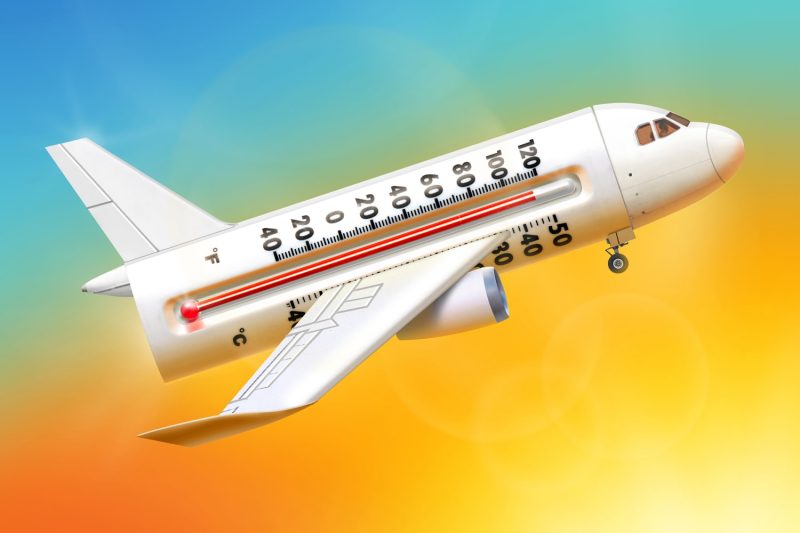As the world continues to grapple with escalating temperatures due to climate change, one sector of the global economy facing significant challenges is aviation. The intense heat witnessed across many parts of the world has a profound effect on the ability of aircraft to take off and land, raising serious questions and concerns about the future of air travel in a warmer world.
One of the main issues extreme heat poses to the aviation sector revolve around simple physics. The colder and denser the air, the easier it is for planes to get adequate lift under their wings. However, as the temperature rises, the air becomes less dense, increasing the difficulty of achieving the needed lift for successful takeoffs. This can result in more aborted takeoffs, delays in flights, and potentially even cancellations.
This does not necessarily mean that planes cannot fly in extreme heat. The problem usually arises when temperatures exceed aircraft manufacturers’ maximum operating standards, typically calculated at around 118.4 degrees Fahrenheit or 48 degrees Celsius. When exceeded, this can lead to legal and safety implications for airlines and airports.
Counterintuitively, the higher temperatures may have less effect on larger planes, as they have bigger engines and wings that can compensate better for the less dense air. Alternatively, smaller planes, which are widely used in domestic flights and by budget airlines, may be more susceptible to the effects of rising temperatures.
Despite the growing threat of climate-induced heat to flight schedules and safety, the airlines and airports are taking this new challenge in their stride. They are turning to adaptations to help keep planes flying when temperatures soar. These include scheduling take-offs and landings for cooler periods of the day, or late in the evening when air density is higher. Airlines are also increasing fuel loads to help jets gain the necessary momentum for lift-off.
Moreover, airports and airlines are using sophisticated weather forecasting tools to predict unusual or unprecedented heat waves. This allows them to adjust schedules and operations in advance, minimizing disruptions. They have also started to modify their existing infrastructure by adding more shaded areas and hydration stations in terminals, and installing air conditioning on planes that previously lacked this amenity.
However, these modifications to face the heat are no tiny investment. The significant financial resources required for these adjustments bring into question the sustainability of the aviation industry if global temperatures continue to rise.
Furthermore, the changes caused by extreme heat do not exist in a vacuum. They are part of a wider set of climatic changes affecting aviation, such as stronger storm systems and changing







